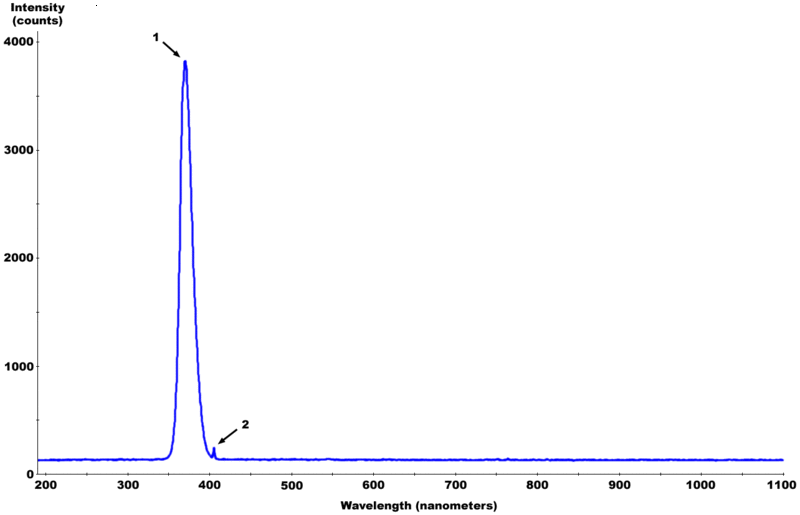Archivo:Fluorescent Black-Light spectrum with peaks labelled.gif
Fluorescent_Black-Light_spectrum_with_peaks_labelled.gif (800 × 515 píxeles; tamaño de archivo: 13 kB; tipo MIME: image/gif)
Historial del archivo
Haz clic sobre una fecha y hora para ver el archivo tal como apareció en ese momento.
| Fecha y hora | Miniatura | Dimensiones | Usuario | Comentario | |
|---|---|---|---|---|---|
| actual | 13:19 12 jun 2006 |  | 800 × 515 (13 kB) | KErosEnE~commonswiki | Image uploaded in en.wikipedia.org into the Public Domain by en:user:Deglr6328 Original summary: Spectrum of light from a fluorescent black light with peaks labelled. The spectrum was taken with an Ocean Optics spectrometer [http://www.oceanoptic |
Usos del archivo
La siguiente página usa este archivo:
Uso global del archivo
Las wikis siguientes utilizan este archivo:
- Uso en bg.wikipedia.org
- Uso en ca.wikipedia.org
- Uso en en.wikipedia.org
- Uso en fr.wikipedia.org
- Uso en gl.wikipedia.org
- Uso en hr.wikipedia.org
- Uso en ja.wikipedia.org
- Uso en pl.wiktionary.org
- Uso en sh.wikipedia.org
- Uso en sr.wikipedia.org
- Uso en uk.wikipedia.org




